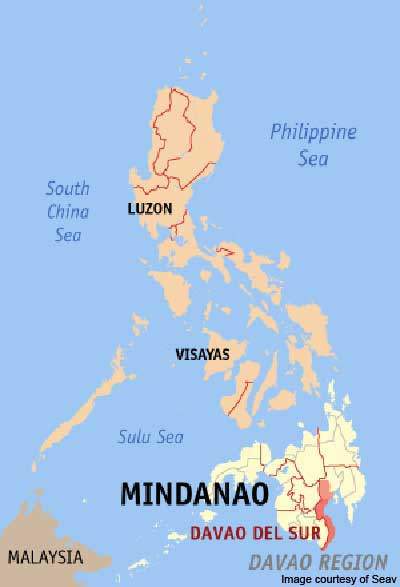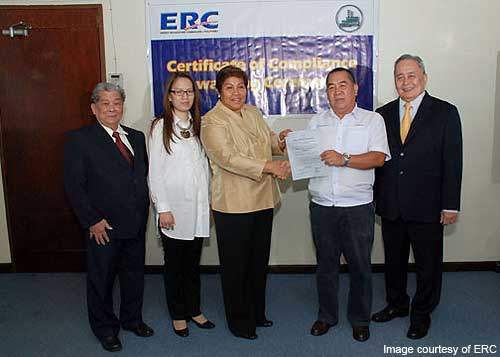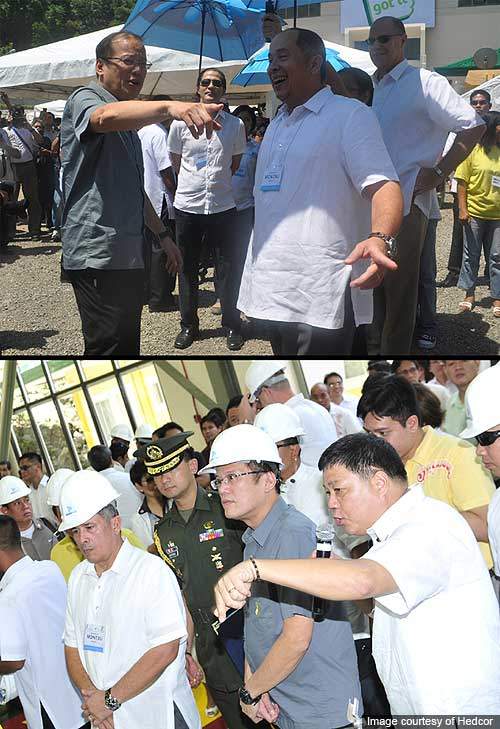Sibulan hydroelectric power plant is a new 42.5MW run-of-the-river project located in Santa Cruz, Davao del Sur province of Philippines. It was officially inaugurated in September 2010. Estimated to have cost of $130m, the project is 100% owned by AboitizPower.
Sibulan is billed as a Greenfield project and is capable of producing 212 million KWh a year. It aims to displace the fossil-fuel fired generation with clean and renewable energy in Mindano region where the demand for power is critical.
Construction of the Sibulan hydropower project has contributed towards the development of the local area, such as 49km-long new farm-to-market roads, rural electrification, about 1,100 local jobs and scholarship programs.
Construction
The project involved construction of two cascading run-of-the-river, independent, mini hydro plants named A and B to harness the Sibulan and Baroring Rivers in Santa Cruz. The project infrastructure is spread around the administrative districts of Sibulan, Tibolo and Darong.
Plant A and Plant B were built upstream and downstream on the Sibulan River respectively. Construction of the project commenced in June 2007 and involved building of five drop intakes, 3km of tunnel and the installation of more than 16km of steel water pipes to divert water from the river to the turbines, two surface power houses with tailrace channels and switchyards, and access roads.
Plant A began generating power in April 2009. Plant B was connected to the Mindnao grid in March 2010.
Plant details
Sibulan is the first clean development mechanism (CDM) project in Philippines that is registered under the United Nations’ Framework Convention on Climate Change. The plant will reduce green house gas emissions by more than 95,000t of carbon dioxide equivalent (TCO2e) and will allow Hedcor Sibulan to sell carbon credits to the industrialised nations up to 2012.
Both the plants are designed to produce maximum capacity during peak hours. Plant A has an installed capacity of 26MW with a pondage volume of 70,000m³ and Plant B has an installed capacity of 16.5MW with a pondage volume of 50,000m³. As the plants are cascading, water stored and released from Plant A will have a corresponding effect on Plant B.
Each of the power plant buildings is situated 1.5m above the flood level and houses two units of multijet pelton type turbines.
The river water is diverted and routed through a pipeline passing through the fore bay where the sand and silt from the water are removed. The cleansed water will be carried down to the turbine in the power house through a penstock.
The turbines rotate due to water force and generate mechanical energy which in turn is converted into electrical energy by the generators.
Development
Sibulan was developed by a special purpose company known as Hedcor Sibulan (HIS), a wholly owned subsidiary of AboitizPower.
The project was partly funded by loan proceeds received jointly from Metropolitan Bank and Trust Company (Metrobank), Philippine National Bank (PNB) and Rizal Commercial Banking Corporation (RCBC).
The project management services were provided by Tonkin & Taylor and their local partner EDCOP, a part of Tonkin & Taylor Group of companies.
Grid network
Power from the plant is transmitted through 34km-long, 69Kv transmission lines connected to the ERA substation at Bajada in Davao City. The power is sold to Davao Light and Power Company under a long-term power purchase agreement (PPA) signed in March 2007.
Future
AboitizPower plans to expand the newly started Sibulan hydropower project by adding two more units of 6.6MW and 7MW capacity. The first unit known as Tudaya 1 (6.6MW) will be constructed upstream and the second unit, Tudaya 2 (7MW), will be constructed downstream of the Sibulan river.






